First an update on the butterflies we’re raising: our five Painted Lady caterpillars arrived, grew tremendously, transformed into chrysalises, and should emerge as butterflies any day now. We’ve already witnessed two Cabbage White butterflies transform from caterpillar to chrysalis to butterfly. We’ve had a big week… I’ll try to post pictures soon!
In learning about the butterfly life cycle, we’ve discovered there is quite a bit of misinformation out there concerning butterflies.
As much as we love Eric Carle’s The Very Hungry Caterpillar, a scientist he is not. Let’s tackle some of the errors in this book.
A butterfly transforms into a chrysalis or pupa not a cocoon (that would be what some moths make). Our daughter has been correcting everyone.
And caterpillars can be picky about what they eat. Do they like swiss cheese or chocolate cake? That would be a resounding no. Each type of caterpillar has a particular plant (or set of closely related plants) that it likes to eat. Cabbage White caterpillars, for example, eat plants from the mustard family, including kale, broccoli, cauliflower, and cabbage.
Now the next part may come as a bit of a shock to you, but this butterfly, while beautiful, doesn’t really exist. ;) Oh, how I wish Eric Carle had picked a particular butterfly species and accurately depicted each of its life stages. What a great teaching tool THAT would have been.
We still love The Very Hungry Caterpillar. Heck, our daughter had a Very Hungry Caterpillar-themed birthday party (more on that here, here, and here).
Plus we learn in deconstructing a beloved classic. But how many people actually realize this book is art and poetry, not science? We didn’t think much about it before our homeschooling butterfly unit this fall and my college degree is in biology. (Doh!)
I just can’t help to feel a little grouchy over the fact that this beautifully illustrated book could be the ultimate teaching tool for millions of families. (Coulda, woulda, shoulda.)
We do have LOTS of butterfly life cycle books that are scientifically accurate and fun to read. I’ll share those with you next week.
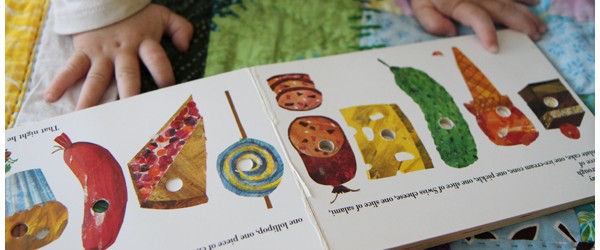
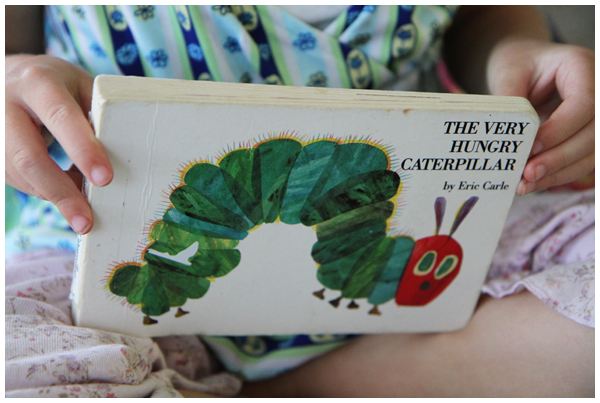
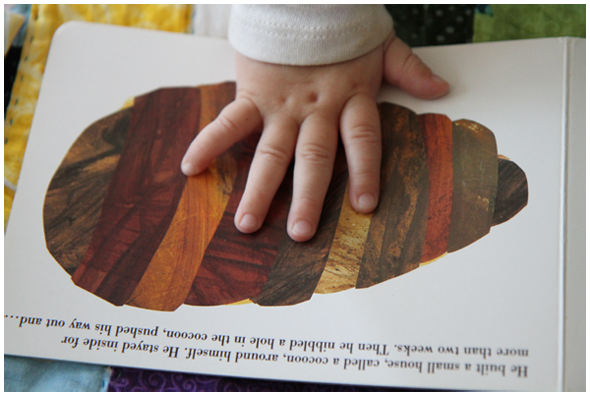
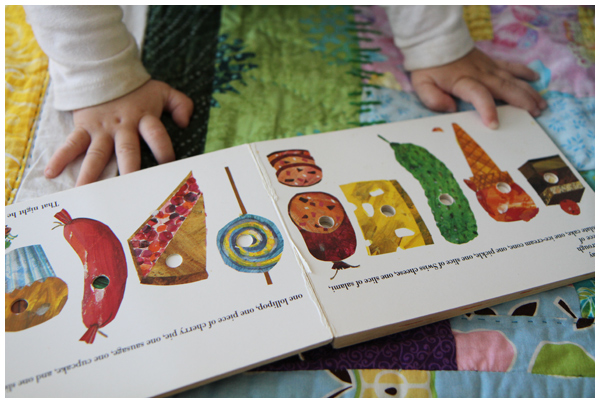
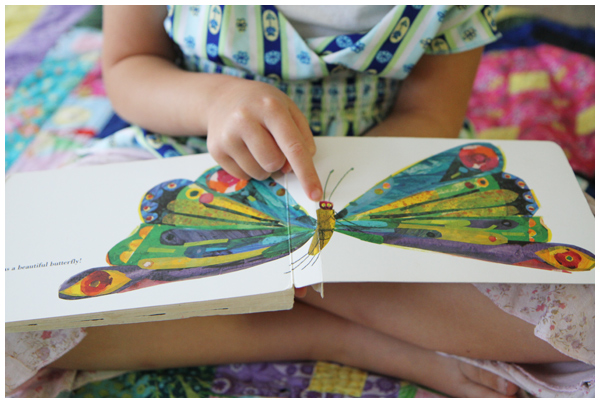
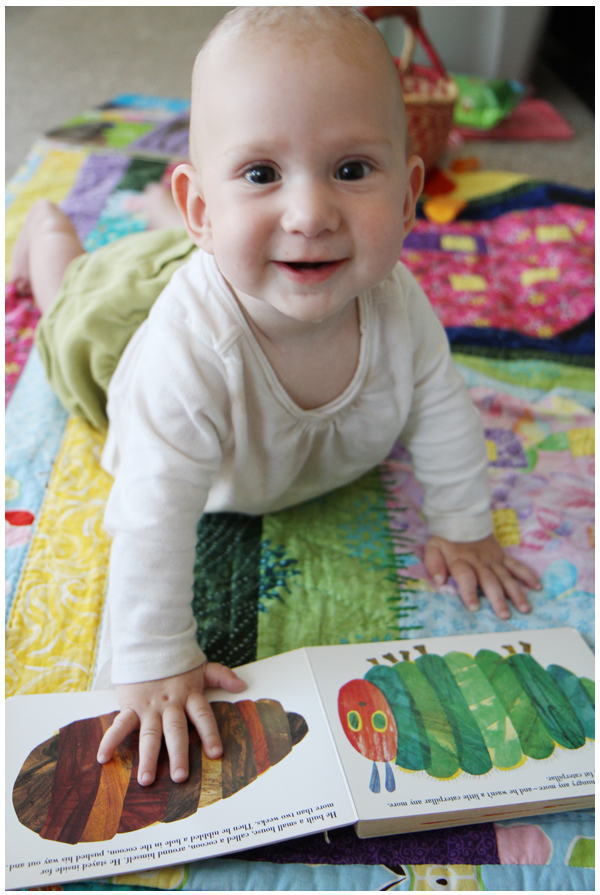
Love this post! Thanks for setting the record straight! I felt the same way about Finding Nemo ~ what a waste not to teach about healthy coral reefs and their importance to be taken care of by us -especially as the characters were so beloved by so many. So save the coral reefs!!! Sheesh
baby doesn’t seem to mind the inaccuracies though :)
As a preschool specialist working in the Free Library of Philadelphia LEAP afterschool program, I have to say that I have never encountered anyone questioning the “science” in Eric Carle’s book. It is a literary classic that does a great job in enhancing children’s motivation to read and learn. His color work is dazzling, and I am absolutely sure that no child ever has or will question what kind of butterfly that is at the end of the story. You are trying to write a different book. And I don’t see anything as “inaccuracy,” just artistic license.
I agree that’s a beloved classic that children of all ages love! It’s certainly a favorite of mine. I love that families around the world treasure this book. I just don’t understand why art and science can’t go hand in hand. There are so many beautiful butterflies that he could have used as (accurate) inspiration. Books by Lois Ehlert or Sylvia Long and Dianna Hutts Aston are perfect examples of bestselling authors blending science, poetry, and art beautifully.
And unfortunately I have one of those kids noticing mistakes and questioning A Very Hungry Caterpillar! In fact my daughter is the one who pointed out the above issues. Her response to the book: “Mom, Eric Carle really messed up! That’s not a cocoon! That butterfly doesn’t exist! He isn’t a scientist, is he?”